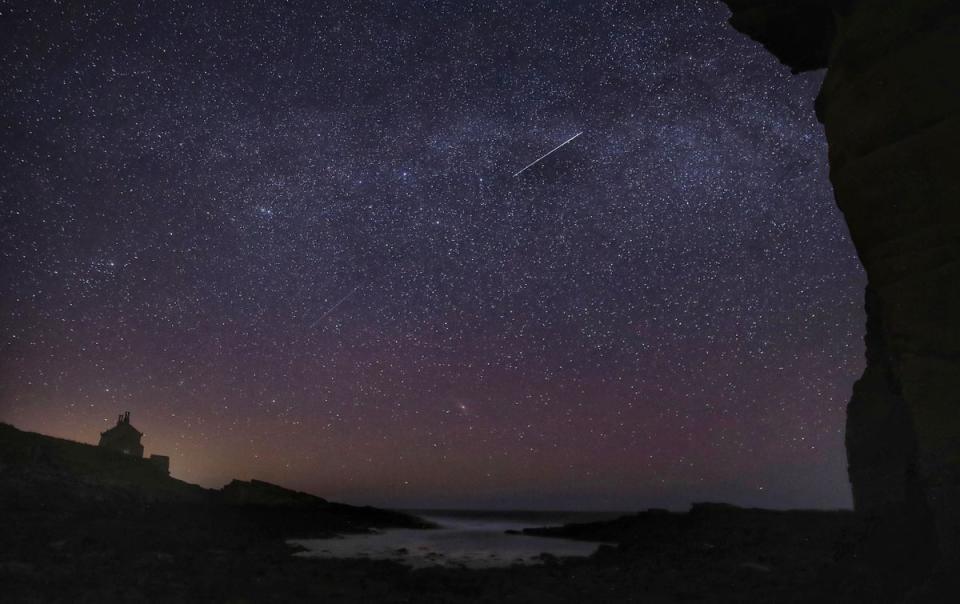AI spots a number of ‘anomalies’ in space

An artificially intelligent system has spotted a number of “anomalies” in space that could help us better understand the universe.
Researchers hope the system can be used to spot far more such space anomalies – and help lead scientists to new supernovae and other extreme and distant objects in space.
The new system is set to help scientists overcome the vast amount of data that comes in each day from the sky above us, picking through to find the most interesting and intriguing possible objects.
In recent decades, astronomers have struggled in part because they have too much data: the advent of large-scale surveys of the skies means that scientists are gathering vast amounts of data each night. That means there are billions of potentially interesting objects lying in wait in catalogues to be discovered by scientists.
Astronomers have therefore looked to use artificial intelligence to help sort through that vast amount of data. And in the latest study, scientists used them to find interesting objects in images of the Northern Sky that were taken using the Zwicky Transient Facility, or ZTF.
To test the system, they gave the AI a range of images and looked for “anomalies”, as scientists refer to objects such as supernovae and tidal disruption events, which are very rare or interesting – and deserving of more study.
They looked for the system to find objects that they already knew existed. But the scientists also found 11 of such anomalies using the system and verified them manually.
“This is a very good result,” said Maria Pruzhinskaya, a co-author of the paper and research fellow at the Sternberg Astronomical Institute. “In addition to the already-discovered rare objects, we were able to detect several new ones previously missed by astronomers. This means that existing search algorithms can be improved to avoid missing such objects.”
Scientists say the algorithm can be used more universally, finding any interesting astronomical objects, not only unusual supernovae. One day, they could find entirely different kinds of objects using a similar AI that will look for those anomalies, the scientists suggest.
The research is described in a new paper, ‘SNAD transient miner: Finding missed transient events in ZTF DR4 using k-D trees’, published in New Astronomy.

 Yahoo Finance
Yahoo Finance 